Why Choosing the Right Eye Drops Matters
When living with Dry Eye Syndrome (DES), one of the first treatments most people try is over-the-counter (OTC) eye drops. But not all eye drops are created equal — and the right choice depends on your symptoms and underlying causes.
Types of Eye Drops for Dry Eye Syndrome
1. Artificial Tears
These are the most common option and are available without a prescription. They provide quick, temporary relief for mild dryness. Some are preservative-free, which is better for people who use drops frequently.
Recommended for: occasional dryness, screen-related eye strain.
2. Lubricating Gel Drops
Thicker than artificial tears, gels coat the eye for longer-lasting relief. They are especially useful before bed, since they can blur vision temporarily.
Recommended for: moderate dry eye, night-time dryness.
3. Prescription Eye Drops
If OTC drops don’t help, doctors may prescribe:
- Restasis (cyclosporine) – reduces inflammation and helps tear glands work better.
- Xiidra (lifitegrast) – targets inflammation to improve tear production.
Recommended for: chronic or autoimmune-related dry eye.
4. Natural and Lipid-Based Drops
Some drops are formulated with oils or omega-3 fatty acids to restore the oily layer of tears, reducing evaporation.
Recommended for: evaporative dry eye (often linked to meibomian gland dysfunction).
Tips for Using Eye Drops Safely
- Use preservative-free drops if you need them more than 4–6 times per day.
- Store single-dose vials in a clean, dry place.
- Don’t share your drops with others.
- Always follow your doctor’s advice for prescription drops.
When to See a Doctor
If you’re using eye drops daily but still have redness, pain, or blurry vision, it’s time to see an ophthalmologist. Persistent dry eye symptoms may signal an underlying condition such as Sjögren’s syndrome or thyroid imbalance.
Bottom Line
Eye drops can provide quick relief for dry eyes, but the best choice depends on whether your dryness is mild, chronic, or related to another health condition. For ongoing symptoms, consult your eye doctor to explore prescription treatments and lifestyle adjustments.
Read next: Dry Eye Syndrome: Causes, Treatments, and Success Stories


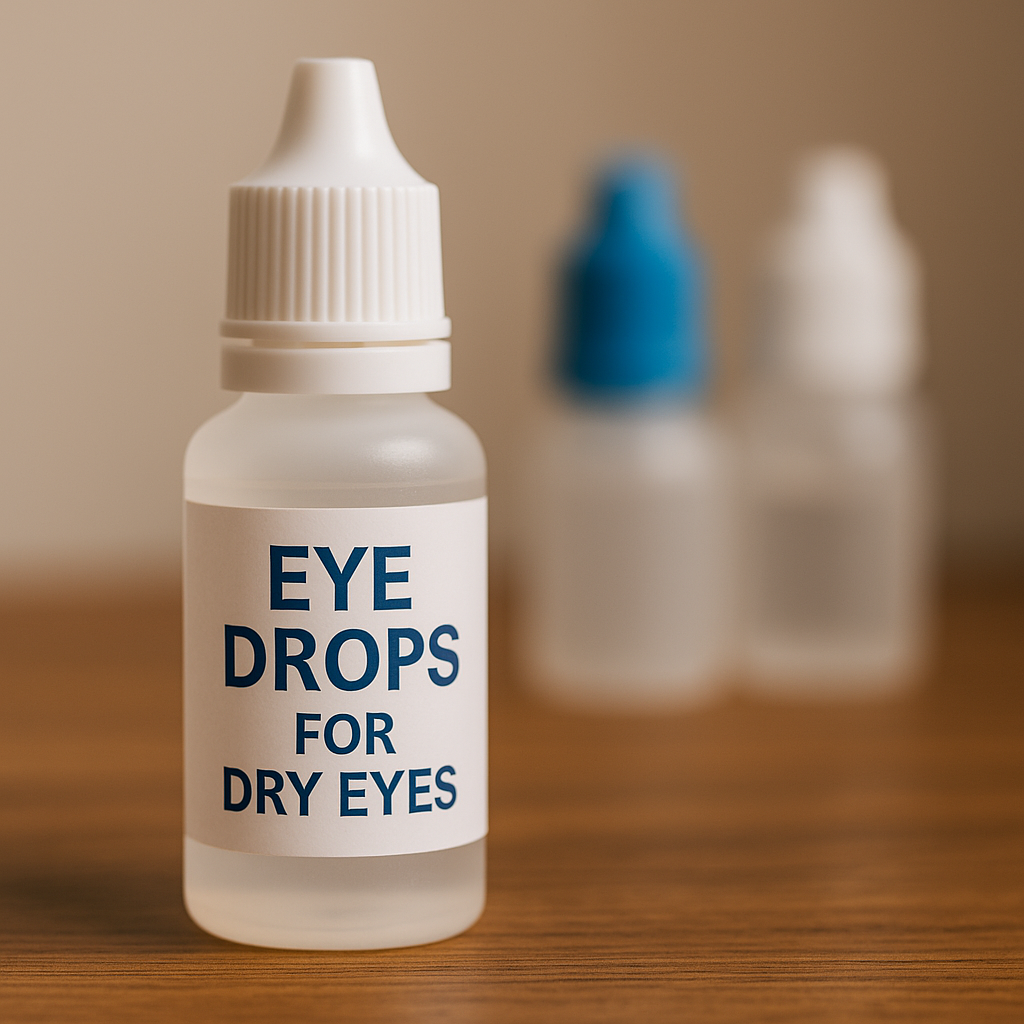
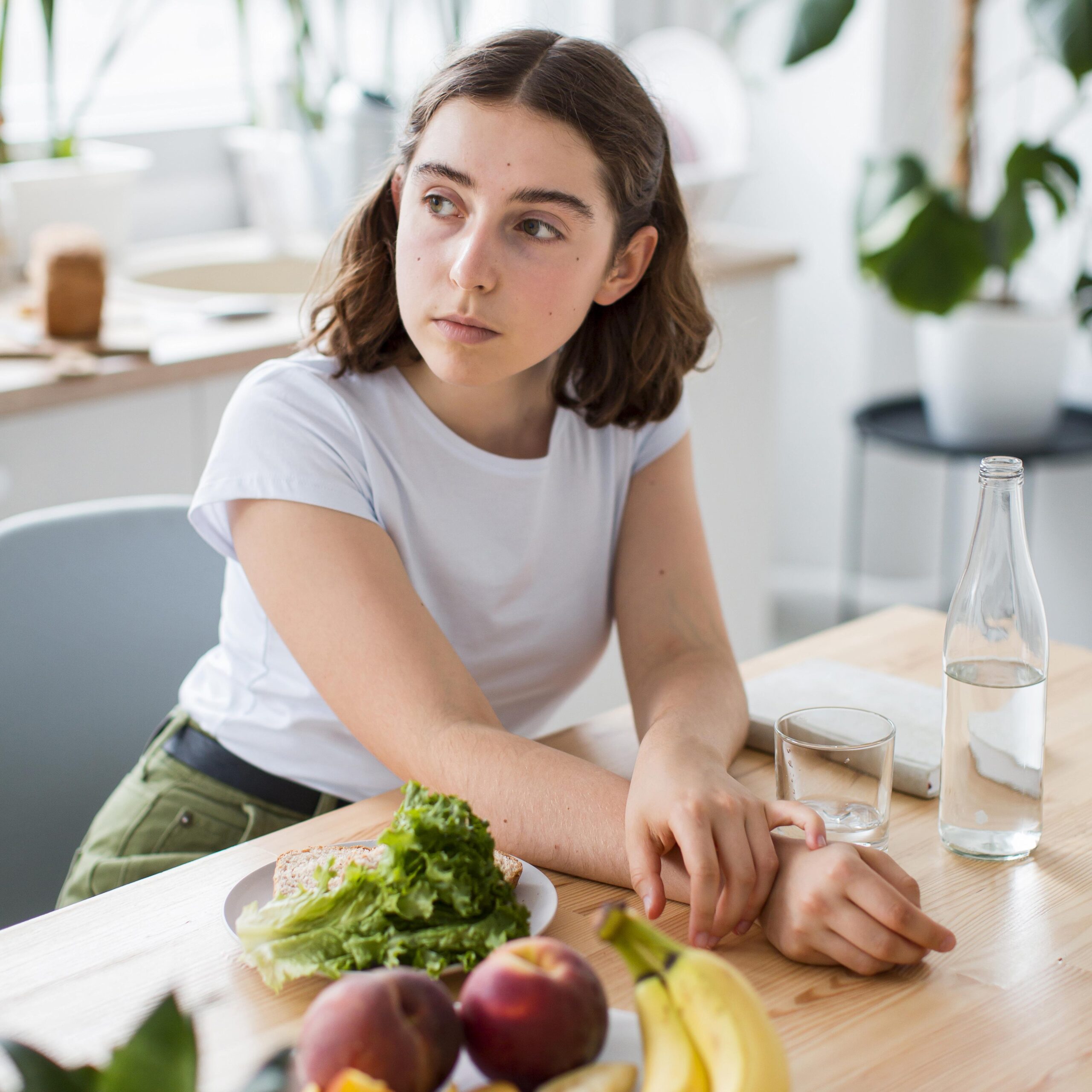
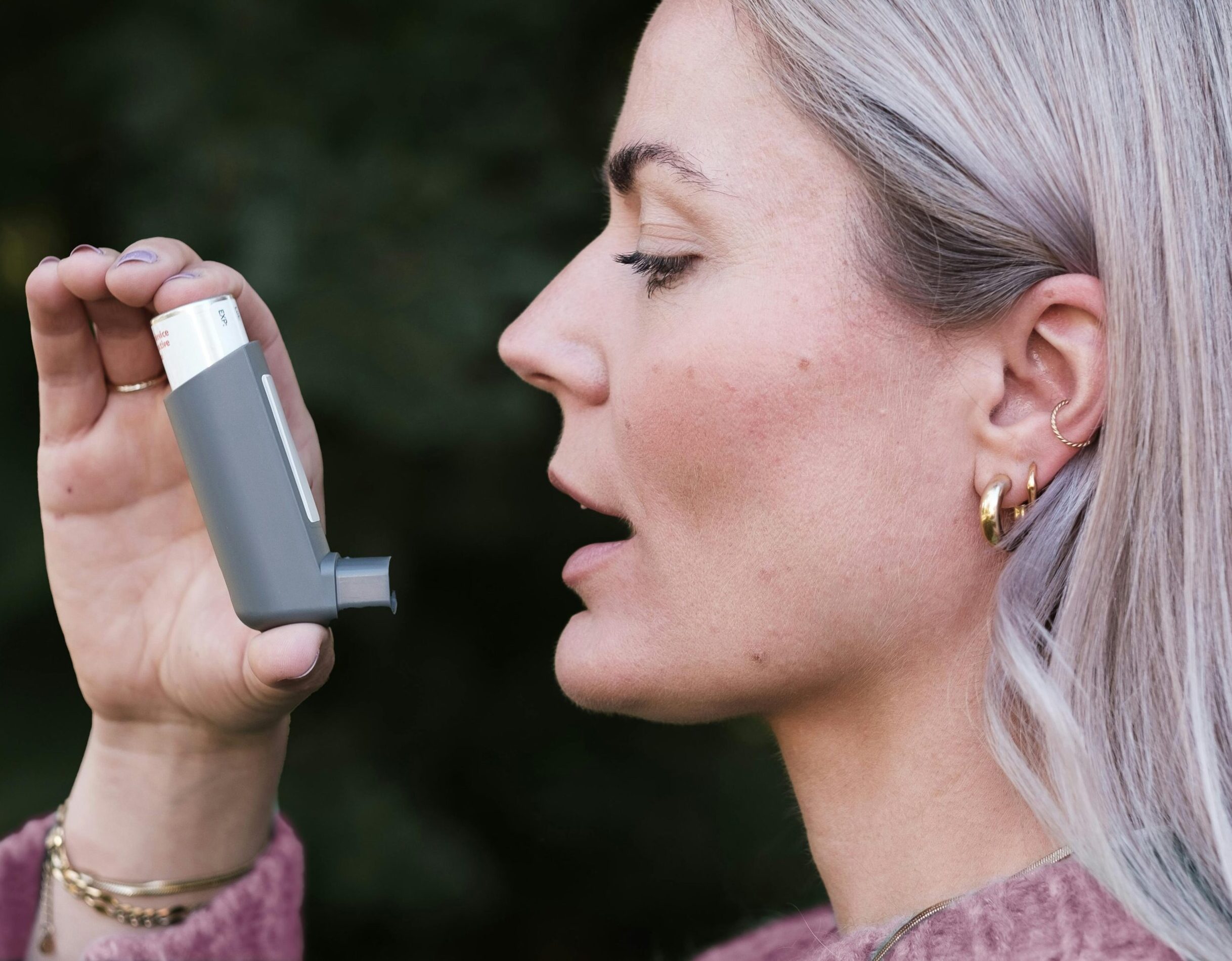

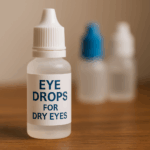
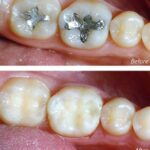

Leave a Reply